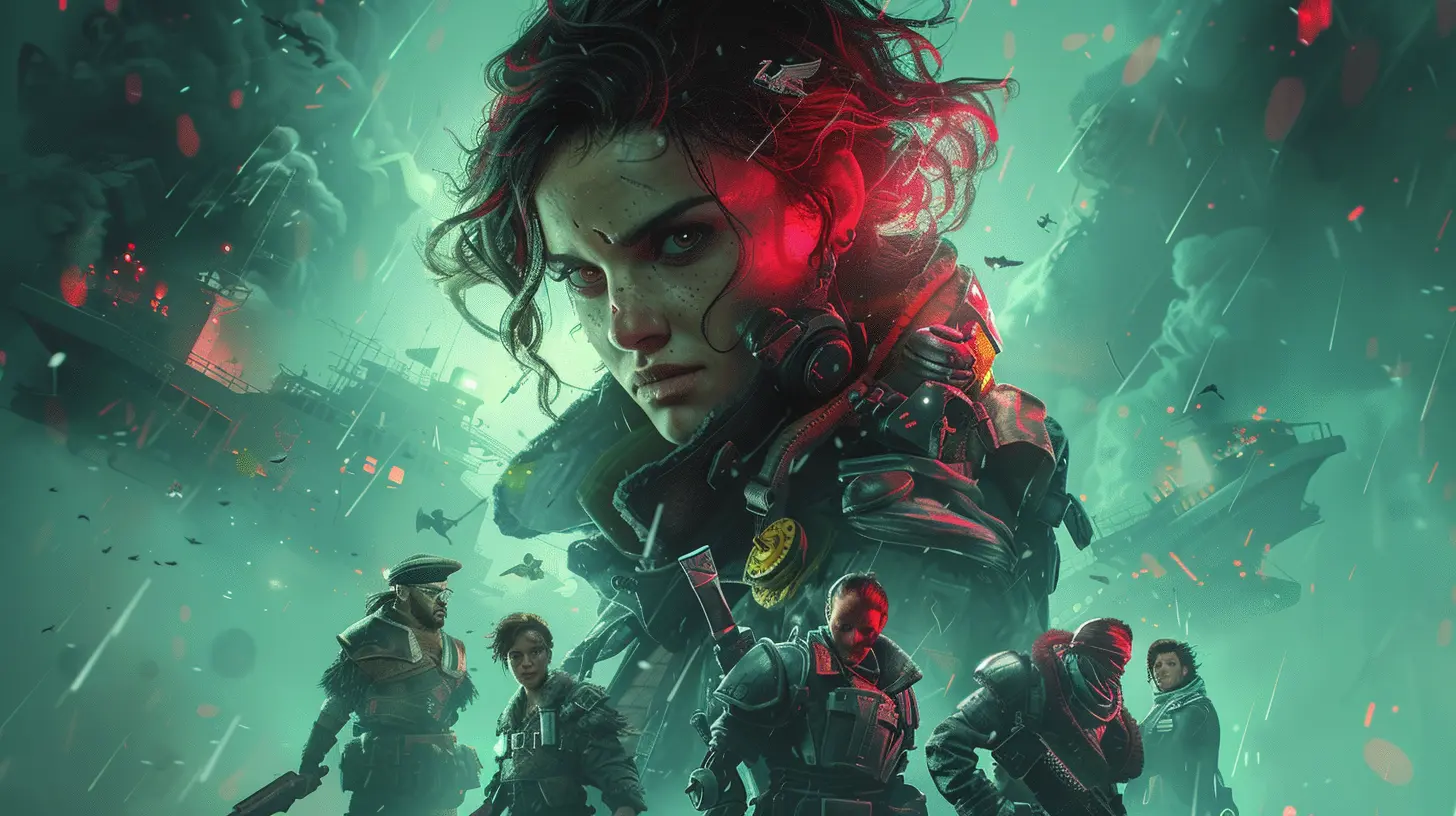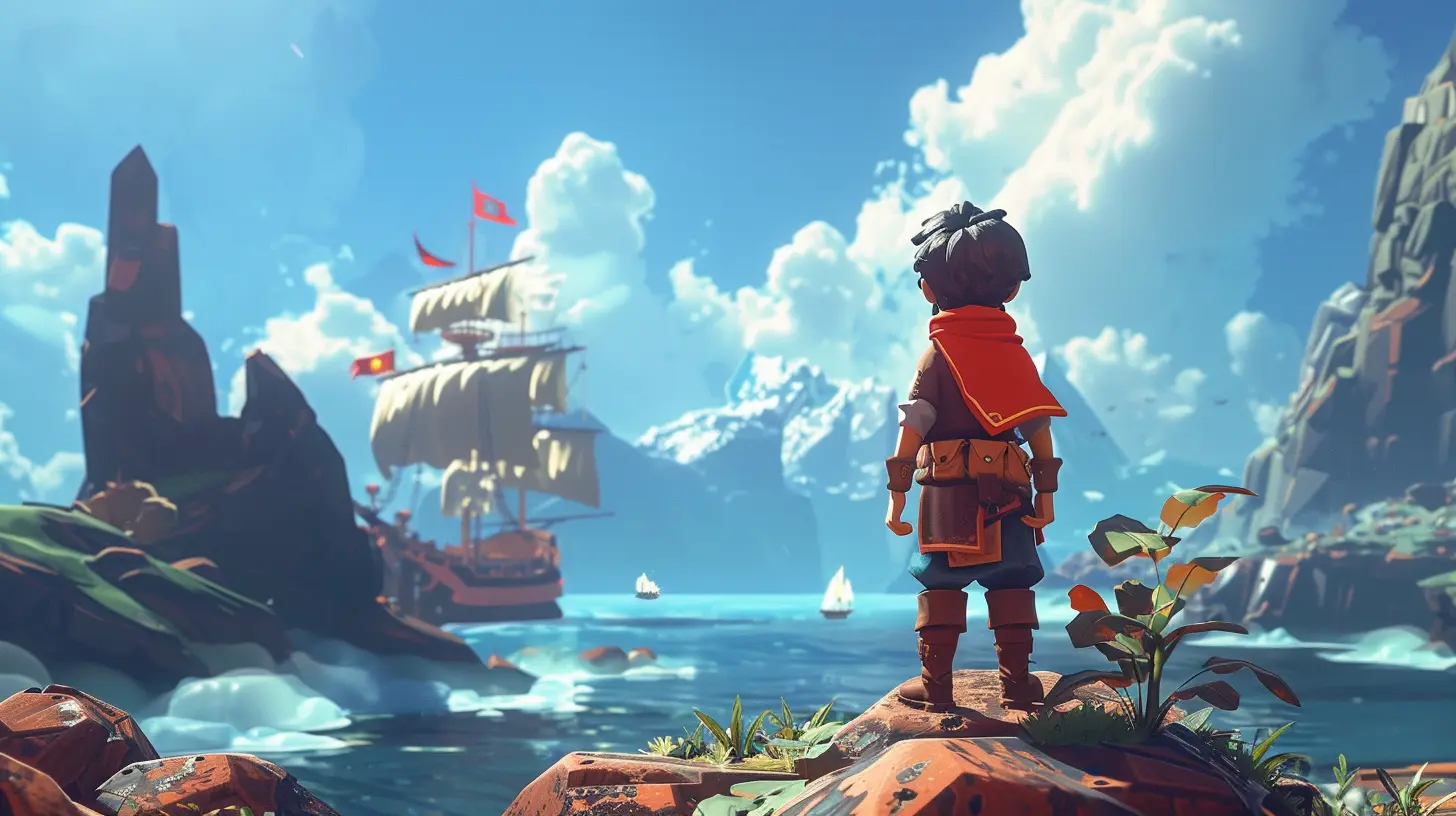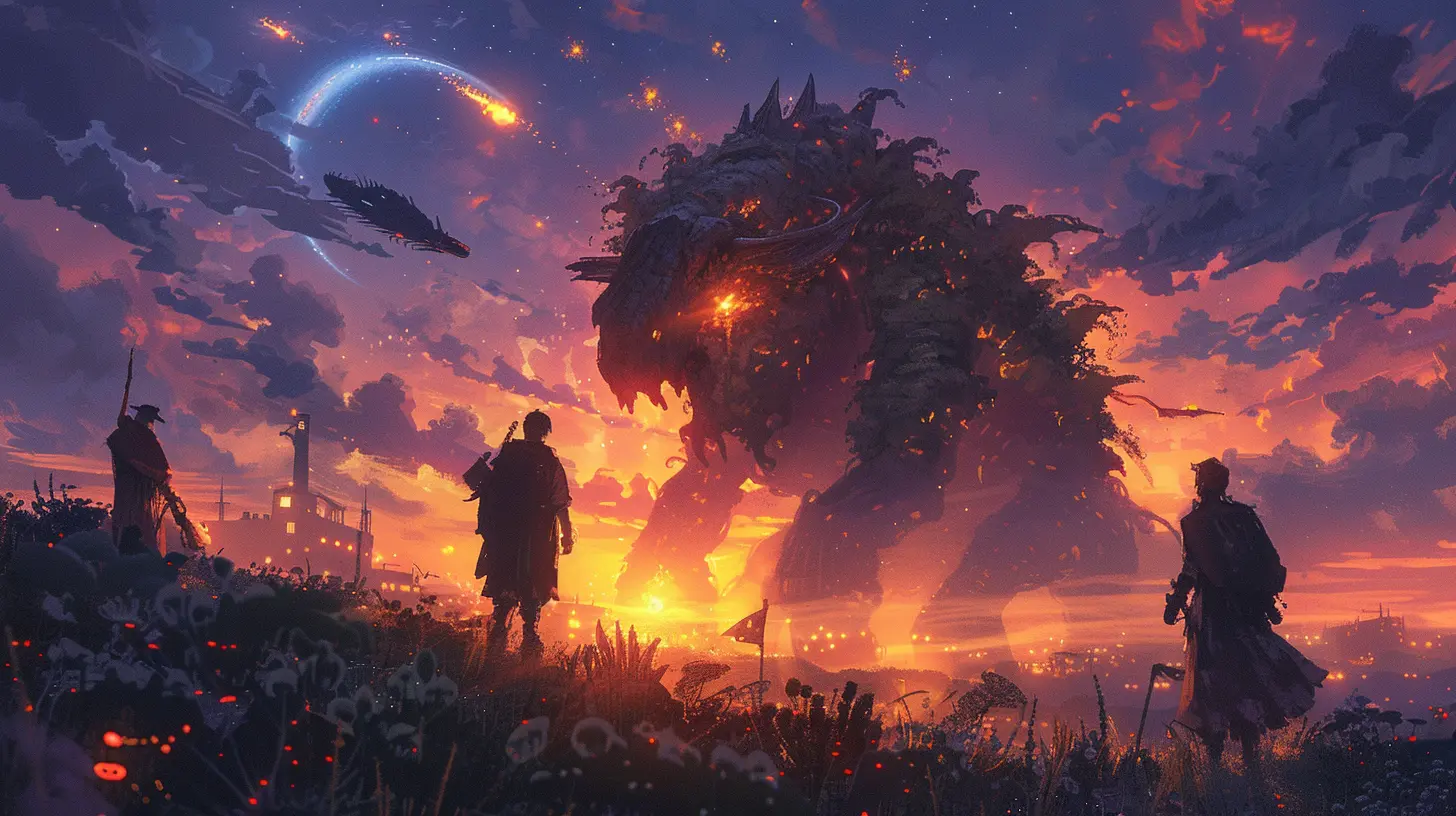Why Some Early Access Games Fail (And What We Can Learn From Them)
14 September 2025
So, you’ve probably seen the hype around Early Access games. Steam pages flooded with promises, jaw-dropping trailers, and roadmaps longer than your weekend to-do list. It’s exciting at first—jumping into a world that's still in the making, being part of the journey, shaping the final product. But let’s be honest: sometimes it goes south.
We’ve seen it more times than we’d like. A promising Early Access title grabs headlines, maybe even raises some cash, gets into the hands of excited players… and then it fizzles out. No updates. No fixes. No final release. Crickets 🦗.
So, why does this happen? And more importantly—what can both devs and players take away from these failures?
Let’s dig deep, have an honest chat, and pull out the lessons from these cautionary tales.
What Is Early Access Anyway?
Before we go full Sherlock on failed launches, let’s get on the same page.Early Access is basically a halfway house between development and full release. Players buy and play the game before it’s finished, while developers use the funds and feedback to polish and complete it. It’s a win-win. In theory.
Games like Hades and Baldur’s Gate 3 nailed it. Released in Early Access, took feedback seriously, improved over time, and boom—successful full launches.
But for every success, there are ten titles that vanish into the digital void, never to be played again.
The Ugly Truth About Why Some Early Access Games Crash and Burn
Let’s break down the most common reasons some Early Access titles flop harder than a pancake on Sunday morning.1. 🚧 Overpromising and Underdelivering
This one's a killer.Some devs market their game like it’s going to change the world. They paint this grand vision of gameplay mechanics, visuals, and storylines that are "coming soon." But then... you get a clunky, buggy alpha with one mode and a menu that barely works.
The promises? They might've been genuine. But when hype and reality don’t match, players feel cheated. Many games face heat not because of what was delivered, but because of what wasn’t.
Lesson: Be real with your audience. Underpromise. Overdeliver. Simple as that.
2. 🧠 Lack of a Clear Development Roadmap
Developers sometimes enter Early Access without a clear plan. You can almost hear them say, “We’ll figure it out as we go.”Spoiler alert: that rarely ends well.
Without a clear roadmap, goals shift, features get dropped or delayed, and players lose trust. Devs get overwhelmed, and the game stagnates.
Lesson: Build a roadmap before launching and update it regularly. Communication is everything.
3. 💸 Running Out of Funds
You need money to make games. Shocking revelation, right?Often, a game enters Early Access hoping to fund full development through sales. But if the initial launch flops due to bugs, lack of content, or bad PR, those sales dry up.
Suddenly, the devs are out of cash and out of options. Updates stop. The game is left in development purgatory.
Lesson: Don’t rely solely on Early Access revenue. Secure funding first—or at least have a backup plan.
4. 🛠️ Technical Mess: Bugs and Performance Issues
Look, we get it—these games aren’t finished. A few bugs are expected. But when players are falling through floors, losing save files, or experiencing crashes every 10 minutes... that’s a problem.A buggy mess not only frustrates players, it scares away potential buyers. And once your Steam reviews dip into “Mostly Negative,” it’s a tough climb back.
Lesson: Release a playable, stable core game—then build more over time. Don’t let first impressions tank your chances.
5. 😴 Lack of Regular Updates
Out of sight, out of mind.When devs go silent for weeks or months, speculation kicks in. “Is the game dead?” “Have they abandoned it?”
Even if work is happening behind the scenes, a lack of communication creates panic. And once the community leaves, it’s hard to get them back.
Lesson: Keep posting updates—even if it’s just to say, “Hey, we’re still working on it!” Transparency builds trust.
6. 👎 Poor Community Management
Early Access games thrive on community. You’re not just selling a game—you’re inviting people to join you on a wild ride.Ignore player feedback, get defensive in forums, or swing the ban hammer too quickly, and the community turns hostile. And once they revolt, word spreads. Fast.
Lesson: Engage your community. Listen. Respond. Build a relationship, not just a customer base.
7. 🧩 Feature Creep
Feature creep is when devs keep adding new ideas, mechanics, or systems. Sounds cool, right? More features = better game?Not always.
The problem is, more features mean more bugs, more delays, and more stress. The core game suffers while shiny new things hog attention. Before long, the game becomes a bloated mess.
Lesson: Stick to your original vision. Polish the core mechanics before adding bells and whistles.
Real-Life Examples (Without the Public Shaming)
Let’s talk examples, but in a respectful way. No need to throw devs under the bus—we’re all learning here.Game A: Awesome Trailer, Awful Gameplay
They had one of the best trailers we’d ever seen—cinematic, engaging, and full of promise. But the actual game? One level, bad AI, no settings menu. Turns out the trailer was all pre-rendered.Players felt duped. Refunds poured in. The devs tried to recover, but trust was shattered.
Takeaway: Never let marketing get ahead of what you can actually deliver.
Game B: The Vanishing Developer
This game dropped with solid mechanics and a promising loop. The first few updates were regular. The community was loving it. And then—silence.No updates, no posts, nothing. Months went by. Eventually, someone found the dev’s Twitter and it turned out they’d been working a second job just to stay afloat.
Takeaway: Be transparent. If life hits hard, talk to your players. Most will understand.
Game C: Feature Creep Central
Started as a survival rogue-lite, turned into a multiplayer base-builder with crafting, farming, and a card-based combat system. Yes, it was that wild.They spent so much time adding features, they forgot to finish the game. Early Access dragged on for years with barely any actual progress.
Takeaway: Focus. Find your game's soul and stick to it.
What Players Can Learn From Early Access Failures
As much as this is about devs, we players need to check our expectations too.1. Don’t Pre-Order Hype
Treat Early Access like buying into a concept—not a finished product. If you can’t handle bugs or missing features, maybe sit it out until full release.2. Read the Reviews First
Look beyond the Steam trailer. Read player reviews, check the discussion forums. If you see too many red flags, hold off.3. Be Constructive, Not Combative
If you’re in, give feedback—but don’t be a jerk about it. Devs are people, not machines. A helpful suggestion goes further than an angry rant.What Devs Can Do to Avoid Failure
Here’s a checklist any Early Access developer should tattoo on their forehead (well, maybe just a sticky note will do):- ✅ Build a playable, stable core loop
- ✅ Communicate clearly and often
- ✅ Have a realistic roadmap (and stick to it)
- ✅ Respect your community
- ✅ Budget wisely
- ✅ Avoid over-promising
- ✅ Prioritize updates and fixes
The Silver Lining: Failure Isn’t Always the End
Let’s not forget — some games resurrect from failure. Titles like No Man’s Sky were nearly left for dead, but with time, effort, and player-focused updates, they turned it around.That’s the final lesson here. Failing in Early Access isn’t the end of the road. It’s a pit stop. What matters is what you do next.
Final Thoughts: Early Access is a Double-Edged Sword
Early Access is a powerful tool. It’s allowed indie gems to shine and helped devs connect with fans like never before. But it also carries risk—both for creators and players.When it works? It’s magical.
When it doesn’t? It can be messy, disheartening, and expensive.
The key is transparency, planning, and community. Treat Early Access as a journey you take with your players, not something you use to just fund your next big idea.
So whether you’re a developer dreaming big or a gamer looking to support the next hidden gem—remember to tread carefully… but don’t stop exploring.
all images in this post were generated using AI tools
Category:
Early Access GamesAuthor:

Francesca West
Discussion
rate this article
1 comments
Elowyn Clayton
Hope blooms, lessons learned.
September 14, 2025 at 3:56 PM

Francesca West
Thank you! Hope and lessons are essential for growth in the gaming industry.


